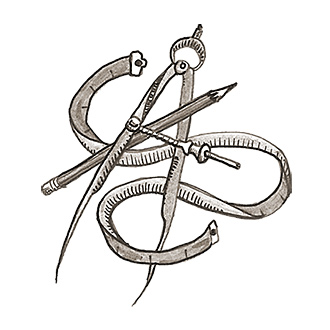
Related Questions
- How do touch-sensitive screens work?
- What is the function of a hydraulic bypass valve?
- Can we make robots that experience emotions?
- Why is it cheaper to make new plastic bottles than to recycle old ones?
- How do you make and install a lightning rod?
- How do electricity transmission lines withstand a lifetime of exposure to the elements?
Why can’t we put metal objects in a microwave?
You can, but it’s pointless — and potentially dangerous…
By Leda ZimmermanIt is “counterproductive to put something metallic inside your microwave oven if you want to heat it up,” says Caroline A. Ross, Toyota Professor of Materials Science and Engineering. Microwaves are a form of electromagnetic radiation, like radio waves. They are generated by a device called a magnetron, and they pulse back and forth rapidly inside an oven at a carefully calibrated frequency. Microwaves bounce off the oven’s interior metal walls, pass through paper, glass, and plastic, but they get absorbed by food — more specifically, by the food’s water content. This absorption makes the molecules oscillate back and forth, creating heat and cooking the food from the inside out, the outside in, or uniformly, depending on where the water lies.
A metal object placed inside the oven deflects these waves away from the food, Ross explains. It sends them jumping around erratically, possibly damaging the interior of the oven. In fact, metal is so good at reflecting this radiation that the window built into the front of microwave ovens contains a fine metallic mesh you can see through, but from which microwaves cannot escape (light comes in small enough wavelengths to slip through, but not microwaves, which measure around 12 centimeters).
In some situations, metal placed inside a microwave can become very hot, a fact food manufacturers cleverly take advantage of, notes Ross. Some microwavable soups and pies are packaged with a thin metallic layer under a non-metallic lid, so the food trapped against the metal browns nicely. But leave those snacks in just a few minutes too long, and they might incinerate.
This same electromagnetic activity can do a number on metal. The oscillation of the microwaves can produce a concentrated electric field at corners or an edge of a metallic object, ionizing the surrounding air “so you can hear it popping away,” says Ross. You might also see sparking, which “is a little like lightning,” she adds. This kind of microwave sound and light show isn’t limited to metal. Ross sometimes puts on a demonstration for her kids: She cuts up hot dogs, creating sharp edges, and “watches the electric sparks jumping between them.”
When Ross isn’t explaining science at home, she works on small magnets that could be used in next-generation computers, making data storage more reliable, capacious, and energy efficient — research that could show up some day in a microwave or refrigerator near you. Magnetic chips from her lab might someday replace silicon memory chips, and “any advance in computation power will make it cheaper and easier to integrate with household appliances,” she says.
Posted: November 2, 2010